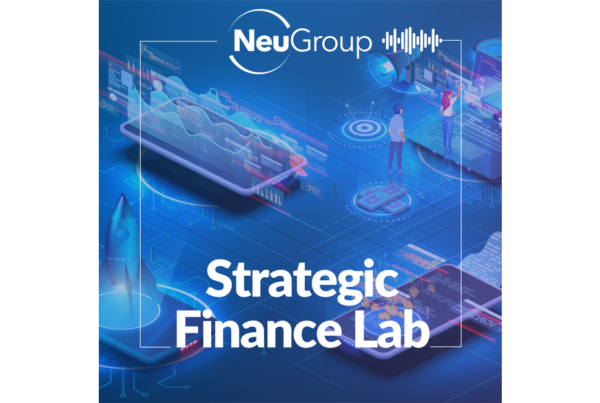
Finance leaders and business heads collaborate on improving working capital management.
“Working capital is going to be a major challenge in 2023,” a member of NeuGroup for Global Cash and Banking said recently to kick off a session taking place as rising recession fears intensify the pressure on treasury to free up cash. The member is not alone: working capital optimization ranked as a top-five priority for treasurers in NeuGroup’s 2023 Finance & Treasury Agenda Survey.
- To improve working capital management, members at this session and others held by NeuGroups for Growth-Tech Treasurers and European Treasury said their companies have created cash leadership councils—led by treasury—to identify opportunities to create a culture of cash in which free cash flow is prioritized over profit margins.
- The councils bring together members of a company’s finance leadership, including the treasurer, CFO, the head of FP&A and business representatives from outside of finance. Most meet quarterly.
- The councils implement projects that improve a company’s working capital management, such as supply chain financing programs, and are seen as universally successful by the members who have had them in place for years.
Getting buy-in. One assistant treasurer at a healthcare company that started a cash council last year said it sprang from a working capital team within treasury.
- “In order to implement supply chain finance or an AR factory, you need business buy-in,” he said. “The purpose of the [working capital] team was to identify project-related opportunities.” One problem: the time it takes to get buy-in from executive leadership to implement projects that may require a reallocation or reprioritization of resources.
- Now, the working capital team can have this conversation immediately, as the company’s controller, CFO and head of FP&A join the quarterly cash council meetings.
- In just the last 12 months, the meetings have driven investments in forecasting, improving payment terms with suppliers using supply chain finance programs and accounts receivable factoring.
- Another member said he is very interested in replicating this member’s approach. “It’s so important to get the operational finance guys in the room too,” he added. “They’re the ones living the customer relationships, and they know how to manage inventory.”
- One member added that meeting with operational functions outside finance could help eliminate one of his primary working capital challenges: treasury employees that lack true understanding of how the business operates. “It can be super hard for a treasury person to discuss working capital if they don’t understand how the business works,” he said.
An additional treasury deliverable. Other members at the session had similar stories of cash excellence councils growing from internal treasury initiatives. One treasury director at an advertising firm had a mandate to not only encourage a cash culture, but directly incentivize free cash flow—backed up by the CEO.
- “We wanted to tie free cash flow to compensation—but how do you do that at the enterprise level where you’ve got very large divisions, each one having very different working capital needs, with decisions that affect cash flow differently?” he asked.
- The treasury team looked at the company’s overall cash flow and figured out how to adjust each business unit’s working capital so it could directly tie successes to individual business units.
- “And we stripped out the things they can’t control, taxes and treasury-related stuff,” the director said. “So, it became an incentive for each business unit, aligned with results that directly explained the performance of the business unit to the entire team, focusing only on what’s controllable.”
- The member said that both the CFO and CEO took interest in the program, and their buy-in resulted in smooth sailing. “It got lots of traction very quickly, and now it’s a regular component of the deliverables treasury puts together every quarter.”
- “Buy-in from CEOs is often explicit because the trend is to have compensation metrics tied to working capital or cash flow and that only happens if business heads and the CEO agree with the CFO,” said NeuGroup senior executive advisor Paul Dalle Molle, who co-led the session. “These KPIs emanate from the work of the cash councils, usually after several years of development.”


